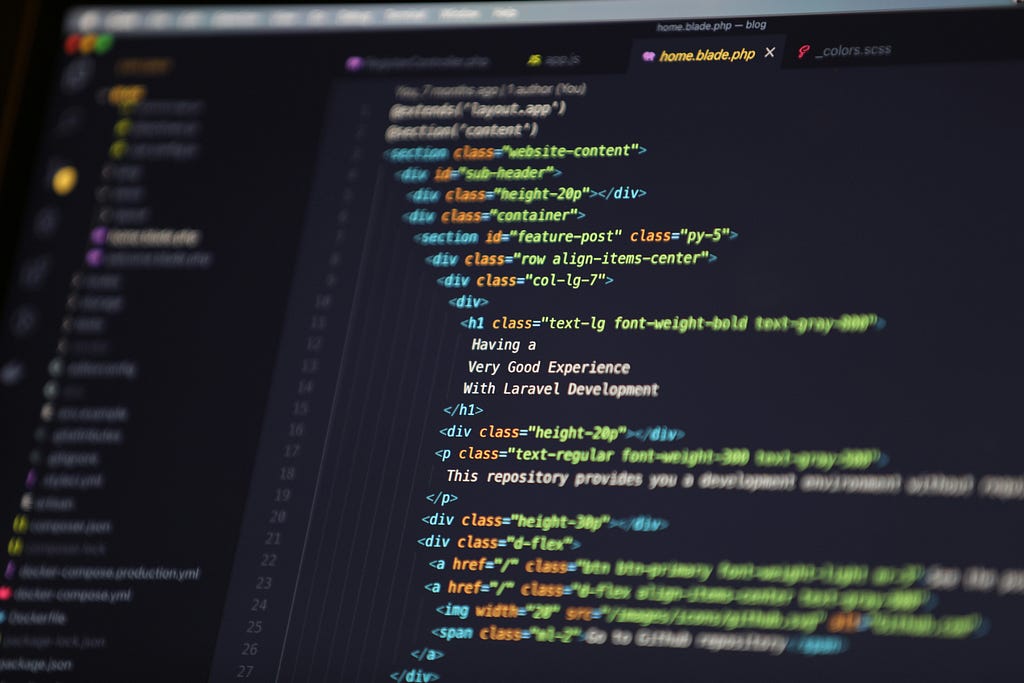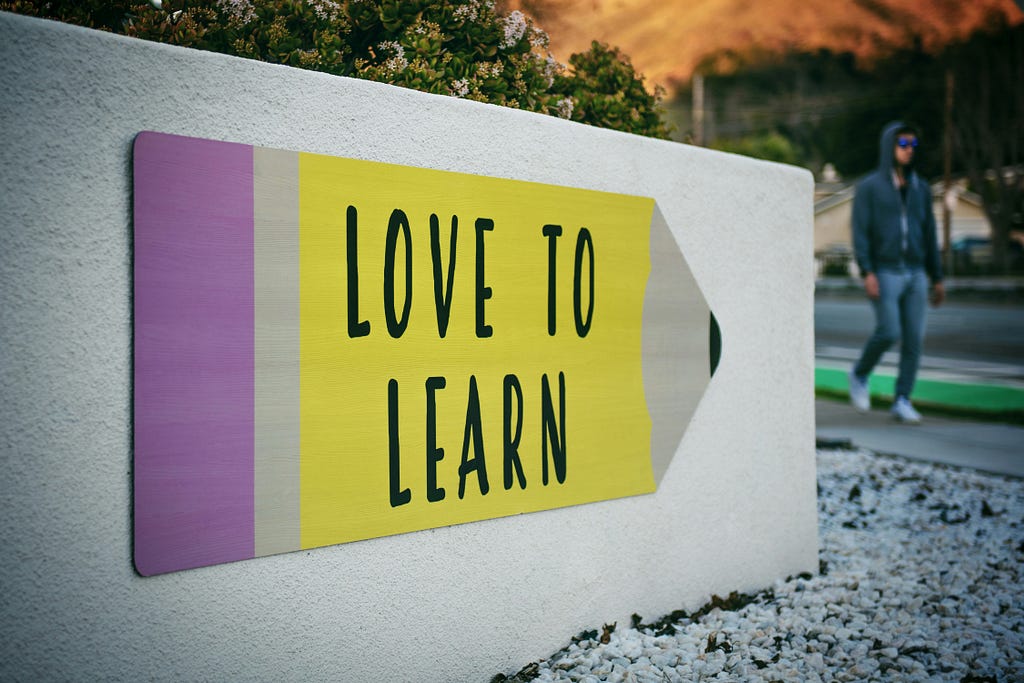
Picture this: Your smartwatch tracks your heart rate over hours or days, but when you ask an AI app, “What does this pattern mean for my health?” it stumbles because it’s great with words or photos, but clueless about flowing numbers like heartbeats or brain waves. That’s the world before OpenTSLM — a new family of AI models that finally lets big language models (LLMs, those powerful AIs like ChatGPT that chat in natural English) handle time-series data, which is basically streams of measurements changing over time, such as vital signs from hospital monitors or steps from a fitness tracker.
Developed by researchers at Stanford University, ETH Zurich, Google Research, Amazon, and others, OpenTSLM (short for Open Time-Series Language Models) is open-source, meaning anyone can use and build on it for free. Released in early October 2025 with a white paper on arXiv, it’s designed to blend text and time data seamlessly, opening doors for better medical apps and beyond. In this article, we’ll break it down simply, like chatting over coffee, covering how it works, why it’s innovative, real-world uses, and the impressive test results that show it beating even giants like GPT-4o.
The Challenge: Why Regular AI Struggles with Time Data
Everyday life and medicine are full of time-series data — think stock prices ticking up and down, weather readings hour by hour, or EEG (electroencephalogram, a brain wave scan) lines during sleep. These are continuous streams, not static pictures or sentences. But most LLMs are built for text: They predict the next word based on what’s come before, excelling at summarizing reports or answering trivia, but they can’t “see” patterns in wiggly lines of numbers without tricks.
Past fixes? People converted time data into text (like describing “heart rate jumps at 2 PM”) or images (plotting graphs and feeding them to vision-language models, or VLMs, which handle photos plus text). But these hacks are clunky: Text versions get wordy and lose detail, while image plots flatten the data, making precise analysis — like spotting a subtle heart irregularity — nearly impossible. Even top models like GPT-4o score poorly (around 15% on medical time tasks) because they’re not natively wired for this. OpenTSLM fixes that by treating time-series as a “first-class citizen” inside the AI, like adding a new sense alongside sight and sound. It’s especially game-changing for healthcare, where doctors juggle patient notes (text) and monitor readings (time data) to make life-saving calls, but current AIs can’t integrate them smoothly.
Architectural Innovation: Two Smart Ways to Mix Time and Text
OpenTSLM’s big breakthrough is embedding time-series directly into LLMs without messy conversions. It builds on pretrained models like Llama (Meta’s open AI base) or Gemma (Google’s efficient LLM) by adding a time-handling layer. There are two main flavors, each solving the “modality gap” (the mismatch between continuous numbers and discrete words) in different ways, both using techniques like attention (how the AI focuses on important parts, like spotlighting key clues in a story).
OpenTSLM-SoftPrompt.

- This is the simpler, lighter option. It works by creating “learnable tokens” (special placeholders the AI trains on, like blank spaces it fills with time-pattern knowledge) from the raw data.
- These tokens get strung together with your text prompt, like beads on a necklace, and fed into the LLM. During training, the AI learns to map time data (e.g., a heart rate stream) into these tokens via a “patch encoder” (which breaks the data into small chunks, like slicing a timeline into bitesize pieces) and a projection layer (a math transformer that aligns time chunks with word chunks).
- It’s parameter-efficient — meaning it doesn’t add tons of new settings to train, keeping models small (from 270 million to 3 billion parameters). But for super-long data, like a full day’s ECG (electrocardiogram, heart electrical activity record), it can guzzle memory because everything expands into more tokens.
OpenTSLM-Flamingo

- Named after the Flamingo architecture (a proven way to fuse images with text), this one explicitly models time-series separately for better scalability.
- Here’s the magic: A specialized encoder turns raw time data into “embeddings” (dense math representations capturing patterns). Then, a “Perceiver Resampler” (a clever compressor) squishes any-length data into a fixed number of tokens — say, 64 — regardless if it’s 10 seconds or 10 hours of readings.
- These get fused with text using “gated cross-attention” (a door-like mechanism that lets time info influence text processing selectively, preventing overload).
- This keeps memory stable (just 40 GB VRAM for tough ECG training vs. 110 GB for SoftPrompt) and handles multiple streams at once, like combining heart rate, blood pressure, and doctor notes. Flamingo shines on long or complex data, making it ideal for real medical use.
Both use “curriculum learning” for training:
Start simple (multiple-choice questions on short data), then ramp up to hard stuff like chain-of-thought reasoning (step-by-step explanations, like the AI thinking aloud: “The heart rate spikes here because…”). This builds skills gradually, mimicking how humans learn. No fancy hardware needed beyond a good GPU, and it’s all open, so developers can tweak it.
How OpenTSLM Works in Practice: Training and Examples
Public datasets
M4 for general forecasting (economic time-series like sales), SleepEDF for EEG sleep tracking, HAR for activity from phone sensors, and ECG-QA for heart diagnostics. Training happens in stages — first captioning simple plots (“This line shows steady sleep”), then full reasoning (“Based on the EEG waves, the patient entered REM sleep at minute 45 because alpha waves decreased”). The AI outputs natural language: Not just “sleep stage 3,” but “The brain waves slow to delta patterns, indicating deep non-REM sleep, which aids recovery.”
Real example from human activity recognition
Feed in acceleration data from a wrist sensor during a walk. Prompt: “What activity is this?” OpenTSLM reasons: “The x-axis shows rhythmic up-down motion typical of steps, y-axis steady forward tilt for walking, z-axis minor wobbles — no jumps or turns. This is likely walking at moderate pace.” It gets it right 65% of the time, explaining why, unlike black-box AIs. For ECG: It analyzes 12-lead heart data plus symptoms (“Patient reports chest pain”), outputting: “ST elevation in leads V2-V4 suggests acute myocardial infarction; recommend immediate angiogram.” Cardiologists reviewed these and agreed 93% were spot-on.
Use Cases: From Doctor’s Tools to Wearable Health Apps
OpenTSLM is tailor-made for medicine but versatile. Primary uses:
- Clinical Decision Support: Doctors input patient vitals (time-series) and notes (text); AI generates insights like “Blood pressure trends show hypertension risk — suggest lifestyle changes.” It handles multivariate data (multiple streams, e.g., heart + oxygen levels) for holistic views, cutting diagnosis time.
- Digital Health and Wearables: On your phone or watch, query “Why did my sleep score drop last night?” from sensor data. It explains in plain English, spotting issues like irregular heartbeats early. Efficient size means it runs on-device, no cloud needed for privacy.
- Research and Forecasting: Beyond health, caption economic trends (“Sales dipped in Q3 due to seasonal slowdown”) or predict machine failures from sensor logs. In sleep studies, it stages REM/deep sleep accurately for research papers.
- Patient Education: Apps could say, “Your EEG shows poor sleep quality from frequent awakenings — try this routine,” making complex data relatable.
It’s not for everything — best for reasoning over patterns, not raw prediction like stock trading bots — but its explainability (those chain-of-thought rationales) builds trust, vital in healthcare where errors cost lives.
Benchmark Results: Beating the Big Guys with Less Power

The team tested rigorously on new datasets they created: HAR-CoT (activity reasoning), Sleep-CoT (sleep staging), ECG-QA-CoT (heart Q&A), plus TSQA (time-series questions) and M4 (captioning). Metrics like F1 score measure balance of accuracy and completeness — higher is better.
Standouts:
- Sleep Staging (from EEG): OpenTSLM-Flamingo (1B params) hit 69.9% F1, 81% accuracy — 4.4x better than fine-tuned text-only baselines (9.05%) and way above GPT-4o (15.47% as text, 59% as images). Even the tiny 270M model scored 51% F1.
- Human Activity Recognition (HAR, from sensors): 65.4% F1 (71% accuracy) for 1B models — 6x the tokenized baseline (52.2%), crushing GPT-4o (2.95% text, 10.8% images).
- ECG Question Answering: Up to 46.25% accuracy with 3B Flamingo — 2x baselines, and 93% of explanations deemed correct/partial by Stanford cardiologists (assessing context integration at 85%). GPT-4o lagged at low teens.
- General Tasks: 97% on TSQA (multiple-choice), 90%+ on captioning. Flamingo edges SoftPrompt on long data, using 3x less memory. Overall, 200–1000x more efficient than big LLMs for similar or better results — no massive data or compute needed.
Text-only or plot-based baselines often failed outright (0% F1, just repeating prompts), proving native time handling is key. These wins hold on public benchmarks too, like SleepEDF.
Why OpenTSLM Matters and What’s Next
In a world drowning in data from wearables and hospitals, OpenTSLM makes AI a true partner — not just a text bot, but a time-savvy thinker. Its efficiency (small models, low memory) enables edge computing (running on phones), democratizing health AI for global use, especially in underserved areas. By outperforming pricier giants with explainable outputs, it boosts trust and speeds adoption — imagine fewer misdiagnoses from integrated data.
Challenges? It needs quality labeled data for fine-tuning, and while medical-focused, adapting to finance or climate might require tweaks. Future: Larger models, more modalities (like adding audio), or hybrids with VLMs. As the first open TSLM family, it’s sparking a wave — check the repo and start experimenting. Who knows, your next health app might run on this tech.
OpenTSLM: Making AI Smarter About Time-Based Data in Medicine was originally published in Data Science in Your Pocket on Medium, where people are continuing the conversation by highlighting and responding to this story.






